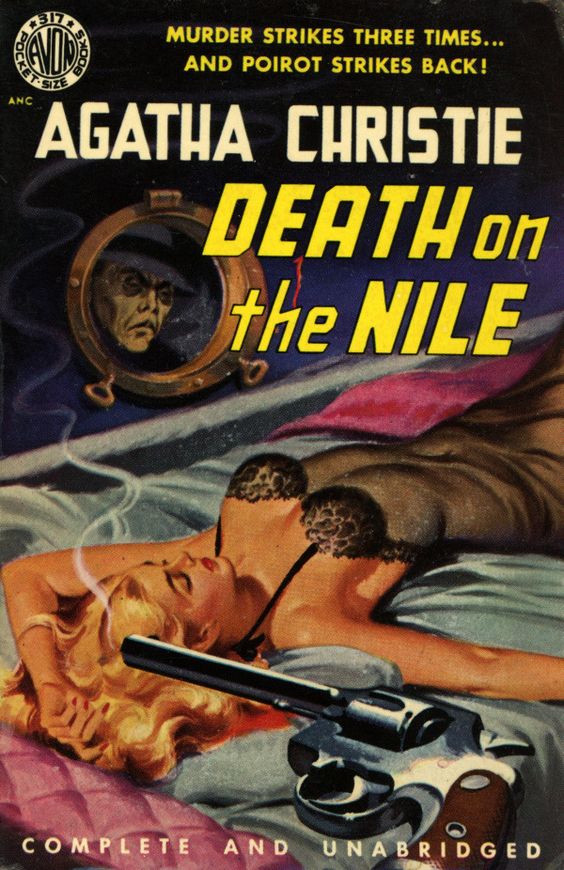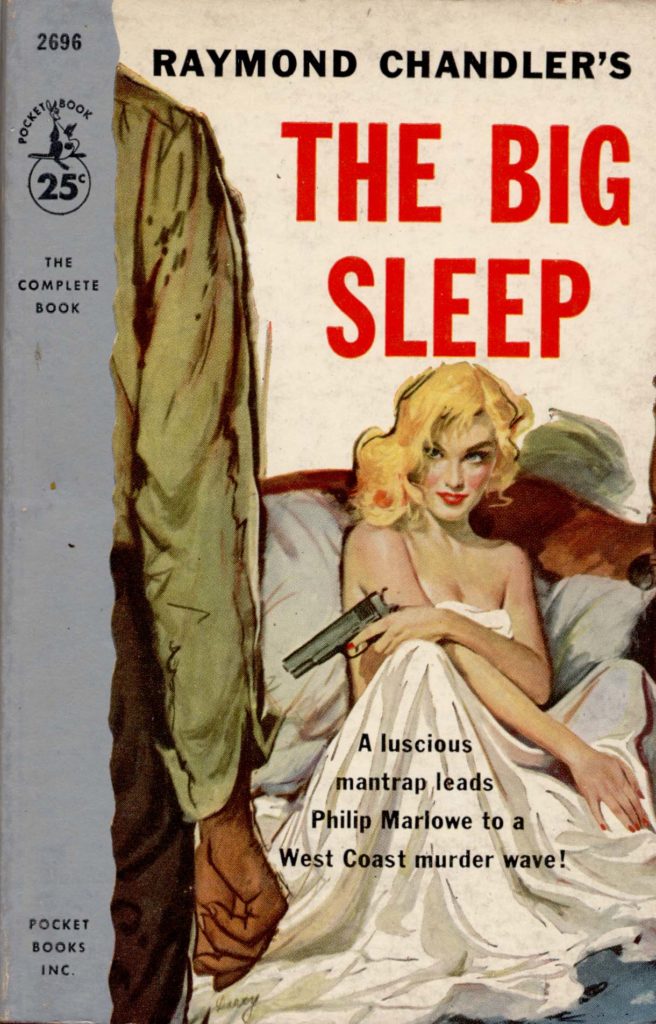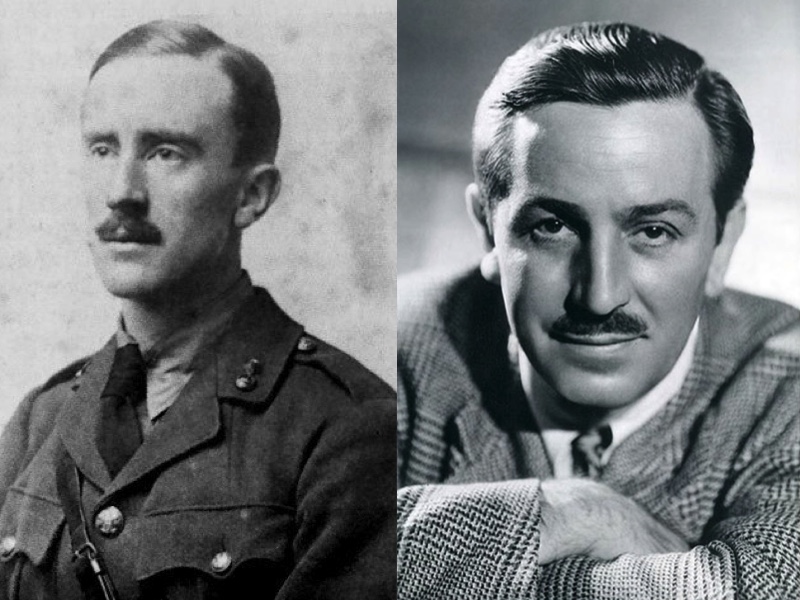To casual viewers, most Japanese animation (at least apart from the elegant work of Hayao Miyazaki and his collaborators at Studio Ghibli) can look like a pretty unsophisticated and even disreputable affair, characterized by crude flashiness, convoluted storylines, and bizarre, sophomoric humor. All those things do, of course, exist in the realm of anime, but only because everything does: if Japan’s version of animation often rises above those of other cultures, it does so as a result of that culture regarding animation as simply cinema by other means. And any cinematic form will inevitably produce diverse virtuosity: to see how a master Japanese animator can have a sensibility completely different from that of Miyazaki, look no further than Satoshi Kon.
“Even if you don’t know his work, you have certainly seen some of these images,” says Every Frame a Painting’s Tony Zhou in the series’ video essay on Kon’s work, which includes the internationally acclaimed films Perfect Blue, Tokyo Godfathers, and Paprika.
“He is an acknowledged influence on both Darren Aronofsky and Christopher Nolan, and he has a fan base that includes just about everyone who loves animation.” The essay shows us how those two Western live-action auteurs, among Kon’s other fans, have borrowed his images for their own stories, just as Kon, in turn, drew a great deal of inspiration from a similarly unlikely source: George Roy Hill’s 1972 cinematic adaptation of Kurt Vonnegut’s novel Slaughterhouse-Five.
More specifically, Kon drew inspiration from the film’s inventive and surprising cuts from one scene to another, a formal reflection of its chronology-and-geography-jumping protagonist’s state of being “unstuck in time.” Throughout his decade-long feature filmmaking career, Kon “was constantly showing one image and then revealing that it wasn’t what you thought it was.” Kon died in 2010, having “pushed animation in ways that aren’t really possible in live action, not just elastic images but elastic editing, a unique way of moving from image to image, scene to scene.” His accomplishments live on not just in his own work, but in all the ways the creators who admire it continue to adapt his innovations for their own, even in the traditionally “respectable” forms of cinema.
Related Content:
The Art of Hand-Drawn Japanese Anime: A Deep Study of How Katsuhiro Otomo’s Akira Uses Light
How the Films of Hayao Miyazaki Work Their Animated Magic, Explained in 4 Video Essays
Based in Seoul, Colin Marshall writes and broadcasts on cities and culture. His projects include the book The Stateless City: a Walk through 21st-Century Los Angeles and the video series The City in Cinema. Follow him on Twitter at @colinmarshall or on Facebook.












